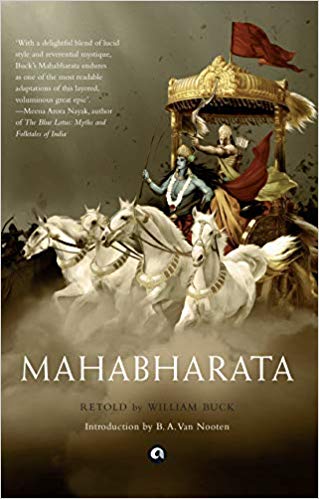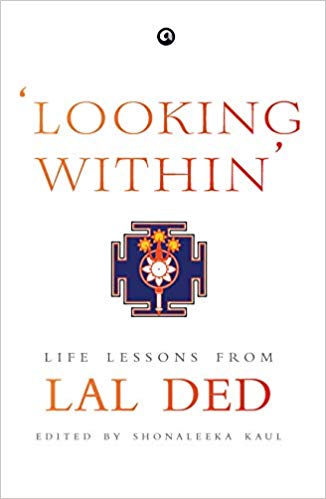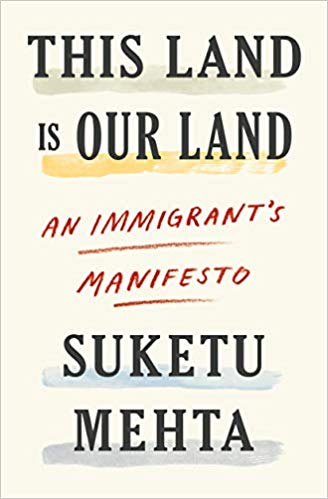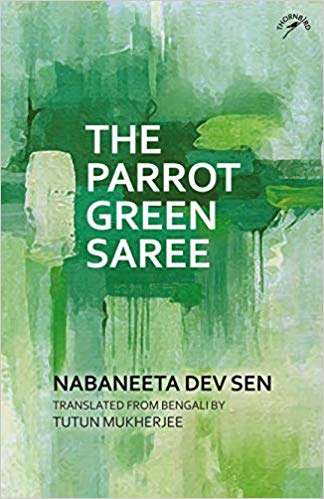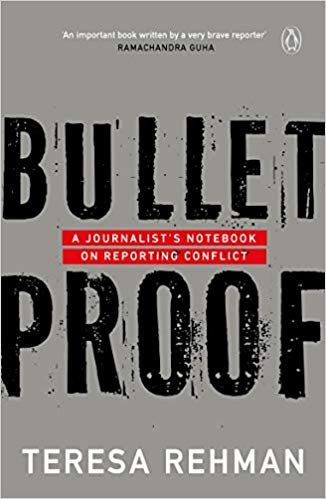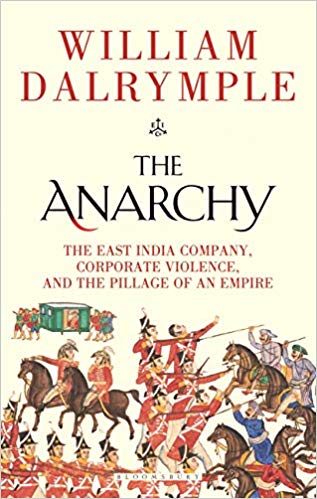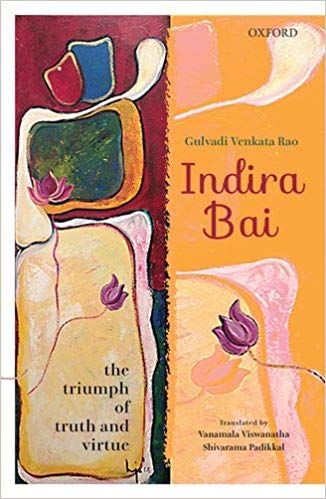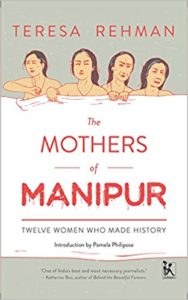 On 15 July 2004, Imphal ( Manipur), twelve women strip in front of Kangla Fort, the headquarters of the Assam Rifles, a unit of the Indian army. Soldiers and officers watched aghast as the women, all in their sixties and seventies, positioned themselves in front of the gates and then, one by one, stripped themselves naked. The imas, the mothers of Manipur, are in a cold fury, protesting the custodial rape and murder, by the army, of Thangjam Manorama, a 32-year-old woman suspected of being a militant. The women hold aloft banners and shout, ‘Indian Army Rape Us’, ‘Take Our Flesh’. Never has this happened before: the army is appalled.
On 15 July 2004, Imphal ( Manipur), twelve women strip in front of Kangla Fort, the headquarters of the Assam Rifles, a unit of the Indian army. Soldiers and officers watched aghast as the women, all in their sixties and seventies, positioned themselves in front of the gates and then, one by one, stripped themselves naked. The imas, the mothers of Manipur, are in a cold fury, protesting the custodial rape and murder, by the army, of Thangjam Manorama, a 32-year-old woman suspected of being a militant. The women hold aloft banners and shout, ‘Indian Army Rape Us’, ‘Take Our Flesh’. Never has this happened before: the army is appalled.
Award-winning journalist Teresa Rehman’s The Mothers of Manipur is about the mothers and grandmothers who protested boldly. The trigger was the abduction and murder of Manorama but it was also against the Armed Forces ( Special Powers) Act, 1958 (AFSPA) which gives the army extraordinary powers. Manorama, a weaver, was known in the local community for being a hardworking woman who had been supporting her family ever since her father had died while she was a young teenager. She had chosen not to marry but on 10 July 2004 troops of the 17th Assam Rifles barged into her home, accusing her of being a militant, questioned her and then took her away. The next morning her body was found. She had been raped, her vagina stuffed with cloth and bullets riddled into her genitals. Yet the army said she was shot while attempting to run away but there was no evidence to prove it.
Angered by this incident some of the local women who were also active members of the Meira Paibis (women torch bearers of Manipur) movement decided to do something about it. Some of the women had visited the morgue to see Manorama’s body. They were horrified by what they witnessed. Hurriedly and yet secretly the women put together a plan to disrobe at Kangla Fort. They had two banners painted ( the painter was sworn to secrecy) displaying the words “Indian Army Rape Us”. On the morning of 15 July 2004 they removed their undergarments but wore their phanek ( sarong) and shawls. Once at the gates of the fort they stripped and shouted. It immediately caused a stir. Within hours curfew had been clamped and there was a blackout across television channels. At the time the incident made headlines and was covered extensively but years later too it is viewed as a seminal form of protest by women in a conflict zone as in this BBC report ( March 2017).
More than a decade later Teresa Rehman decided to interview these women of whom all save one survived. What emerges from the interviews is that though these women were mostly from an impoverished background they were strong and had a firm idea of justice. The anger of the older women in the group was fuelled by their childhood memories of the occupation of Manipur by Japanese forces during World War II. At the time too the unannounced arrival of Japanese soldiers at their homes asking for young girls, particularly at night, made their families anxious. The imposition of AFSPA in Manipur decades later brought back those very same feelings of anxiety and fear for their daughters. During the course of the interviews it becomes evident that the women in July 2004 were only concerned with how to display their anger and frustration at the Indian Army and the inexplicable irrational violence it perpetrated upon the locals. Not a single woman thought of the consequences. Years later it becomes apparent that the twelve women had diverse experiences. From being shunned by their families to being idolised by their community. Yet the common factor amongst them all was the anxiety and fear had not abated and now they worried about the safety of their daughters and granddaughters.
The Mothers of Manipur documents the role of these women in an active conflict zone and the consequences of their actions. Yet it comes across as a book that is also a testimony of Teresa Rehman’s own growth as a feminist journalist. She does the balancing act well of being sensitive to the women and their issues without being an over zealous journalist who pries too much into the personal lives of their subjects. It also inadvertantly becomes a part-memoir of Teresa Rehman as she visits Manipur regularly from the neighbouring state of Assam.
Undoubtedly it is a gripping book to read but there is also some dissatisfaction. The fact is mothers forming groups to work within conflict zones or in fragile societies being reconstructed after war is a part of gender and conflict studies. The role of women in conflict zones across geographies is well-documented. Also it has been discovered that these groups share many characteristics. Though there is a competent introduction by renowned journalist Pamela Philipose giving the background to AFSPA and Meira Paibis there is little context given either by her or Teresa Rahman to the Kangla Fort incident in gender and conflict narratives. It has to be extrapolated from the various interviews included. For a newcomer to gender and conflict the book would be fascinating to read but they would miss completely the cues of sisterhood which form in war zones. For now these details are scattered through the interviews. An overarching essay that explained the methodology of how these oral history interviews were conducted, contextualising the action in the women’s movement and the active role mothers/women play in conflict zones would have definitely enriched the book.
Despite its shortcomings The Mothers of Manipur will be referred to for a long time as it not only documents the shocking incident of 15 July 2004 at Kangla Fort but also neatly encapsulates the troubled history of conflict-torn Manipur particularly since World War II.
Teresa Rehman The Mothers of Manipur: Twelve Women who Made History Zubaan, New Delhi, 2017. Pb. pp. 152 Rs. 325

